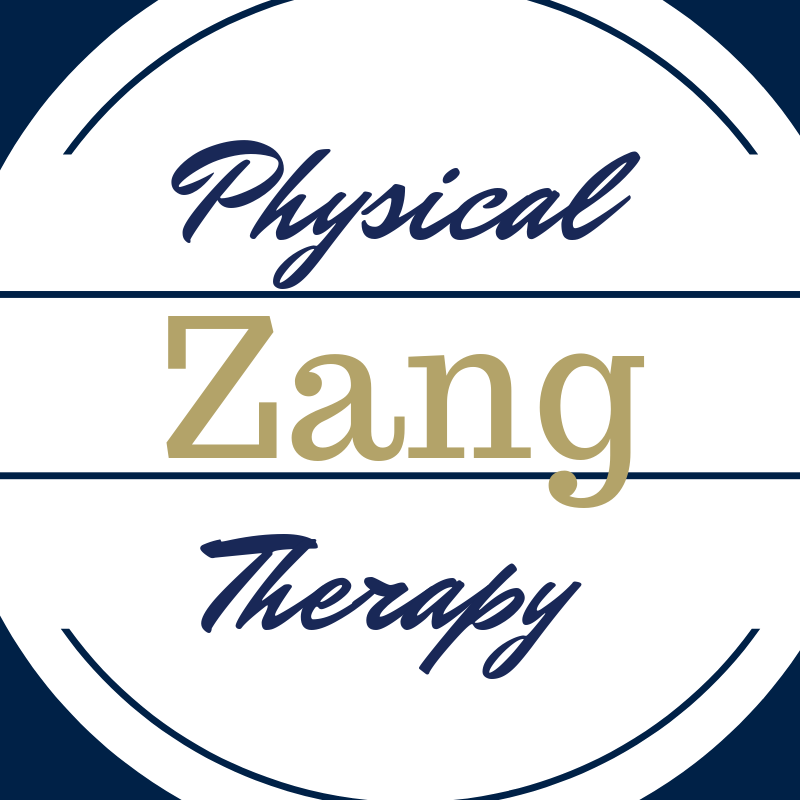Tempromandibular Joint (TMJ) pain or dysfunction is a common condition in the general population. Nearly 20-30% of individuals will experience some degree of TMJ-related symptoms in their lifetime. There is a wide spectrum of symptoms that may accompany dysfunction of this joint. Individuals may experience symptoms from a grinding/popping sense when opening/closing of the mouth to limited ability to open the mouth to pain felt when chewing.
The good new is there are treatment options for those suffering from TMJ dysfunction. Most individuals think about the dentist or oral surgeon when dealing with the jaw/mouth. Those professions absolutely have some treatment options including mouth guards, night splints, or teeth re-balancing. Those treatments are designed to reduce grinding and place the jaw in a more “optimal” position to function/rest. These options may work very well, but may not address the whole picture.
Where my profession as a physical therapist comes into play is addressing the soft tissue, muscle coordination and postural elements that can also be contributing factors for why someone has TMJ dysfunction.
How can physical therapy address these elements? We work with the patient, using hands on manual therapy treatments, exercise and modalities as necessary, to restore proper muscular balance and activation. This then allows the TMJ joints to again move in a more coordinated fashion. Many of these TMJ issues are a result of muscle incoordination. Patients are instructed in a series of exercises to be done as part of their home exercise program to help restore and maintain proper TMJ function.
A link between TMJ dysfunction and headaches associated with postural syndromes also exists. Individuals who work at a desk all day with their head poked forward typing are at risk for these issues. Improving ones posture along with desk set-up can go a long way toward preventing and/or eliminating these symptoms/syndromes.
In many/most cases, a course of physical therapy to address these TMJ issues has been found to be very effective. Stop living with TMJ pain and seek help now to reduce your jaw pain.
